Conservation You Can Taste: Cookies That Plant Trees
Sometimes the sweetest acts of conservation come in the form of a cookie. During this year’s celebrations, cotton-top tamarin–shaped cookies became a delightful way to raise awareness and funds for reforestation. Thanks to Fundación Chukuwata y Tutunkü, children and adults alike smiled as they enjoyed these whimsical treats, but the impact went far beyond the taste. Proceeds from the cookie sales directly supported tree-planting efforts in Los Tities de San Juan Forest Reserve that will restore former cattle pasture into a tropical dry forest, one of the most endangered ecosystems in the world, and home of the cotton-top tamarin.
Every cookie sold meant more trees in the ground—trees that will one day provide food, shelter, and safe passage for tamarins and countless other species. Each bite symbolized a step toward healing fragmented forests and creating corridors that connect protected areas like Los Tities de San Juan Forest Reserve to the national park Santuario de Flora y Fauna Los Colorados. The cookie initiative was simple, joyful, and effective—a perfect example of how anyone, anywhere, can turn creativity into conservation. Baking, sharing, and eating became acts of environmental stewardship. And for those who bought the cookies, it wasn’t just a sweet indulgence; it was a way of investing in a greener future.
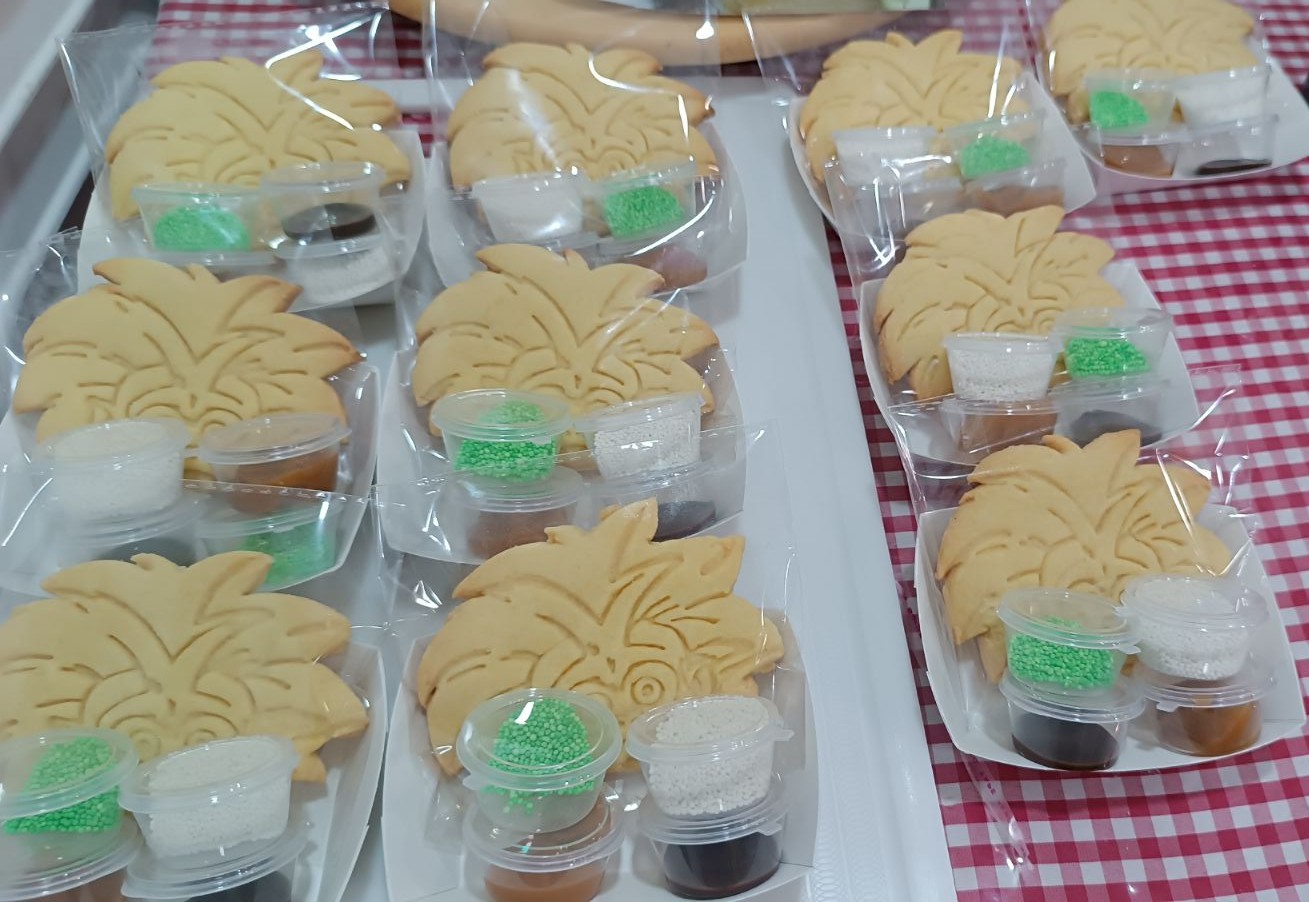

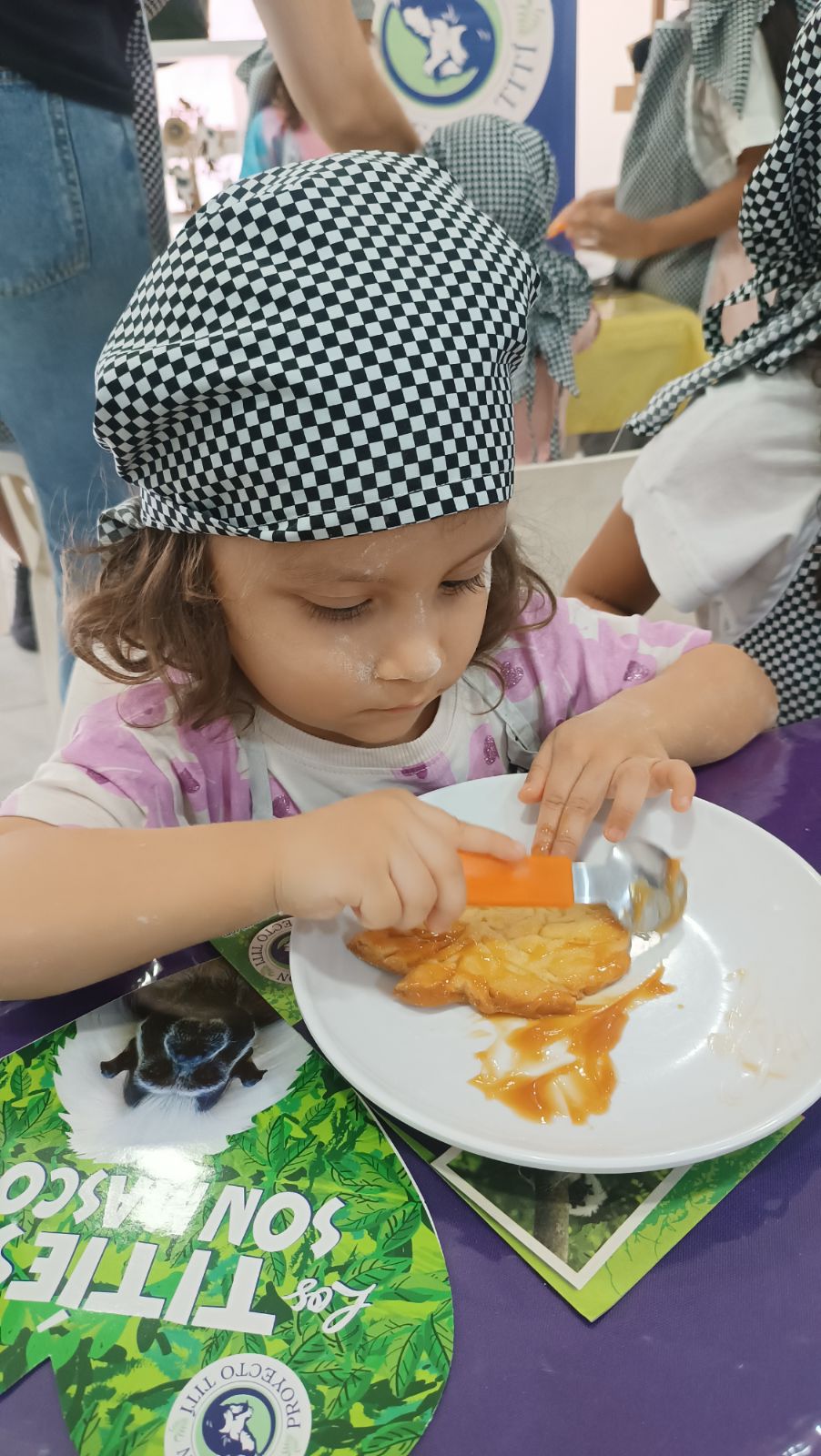
.jpeg?ver=2025-09-29-114234-747)
Señor Titís: Planting 60,000 Trees for Tamarins
In the heart of Cartagena, Señor Titís has become a beloved gastrobar where locals and tourists alike gather to celebrate Colombian flavors, music, and culture. This year, Señor Titís brought that same spirit of joy and hospitality to conservation by hosting the launch of Proyecto Tití’s ambitious campaign to plant 60,000 trees for cotton-top tamarins by 2026. Nearly 100 people attended the launch event, filling the space with energy and excitement. Guests enjoyed signature cocktails and traditional dishes while learning about the urgent need to restore tropical dry forest habitat. By the end of the night, it was clear that Señor Titís and the people of Cartagena were committed to being part of the solution.
The restaurant’s support is about more than a single event—it represents how businesses can use their platforms to inspire change. Every cocktail mixed, every plate served, and every conversation shared at Señor Titís now carries with it a message of conservation. By tying the vibrancy of Colombian culture to the protection of its unique biodiversity, Señor Titís demonstrates that conservation is not separate from daily life—it can be woven seamlessly into it. Most importantly, the commitment to plant 60,000 trees is bold and forward-looking. Each tree will help restore critical habitat, fight climate change, and ensure that cotton-top tamarins have the forests they need to survive. Señor Titís reminds us that when communities and businesses rally together, even the most ambitious conservation goals can come within reach.
When people take ownership of conservation in personal and creative ways, they transform abstract challenges into tangible hope. They show us that solutions don’t always require big budgets or complex policies—they require heart, imagination, and the willingness to act.

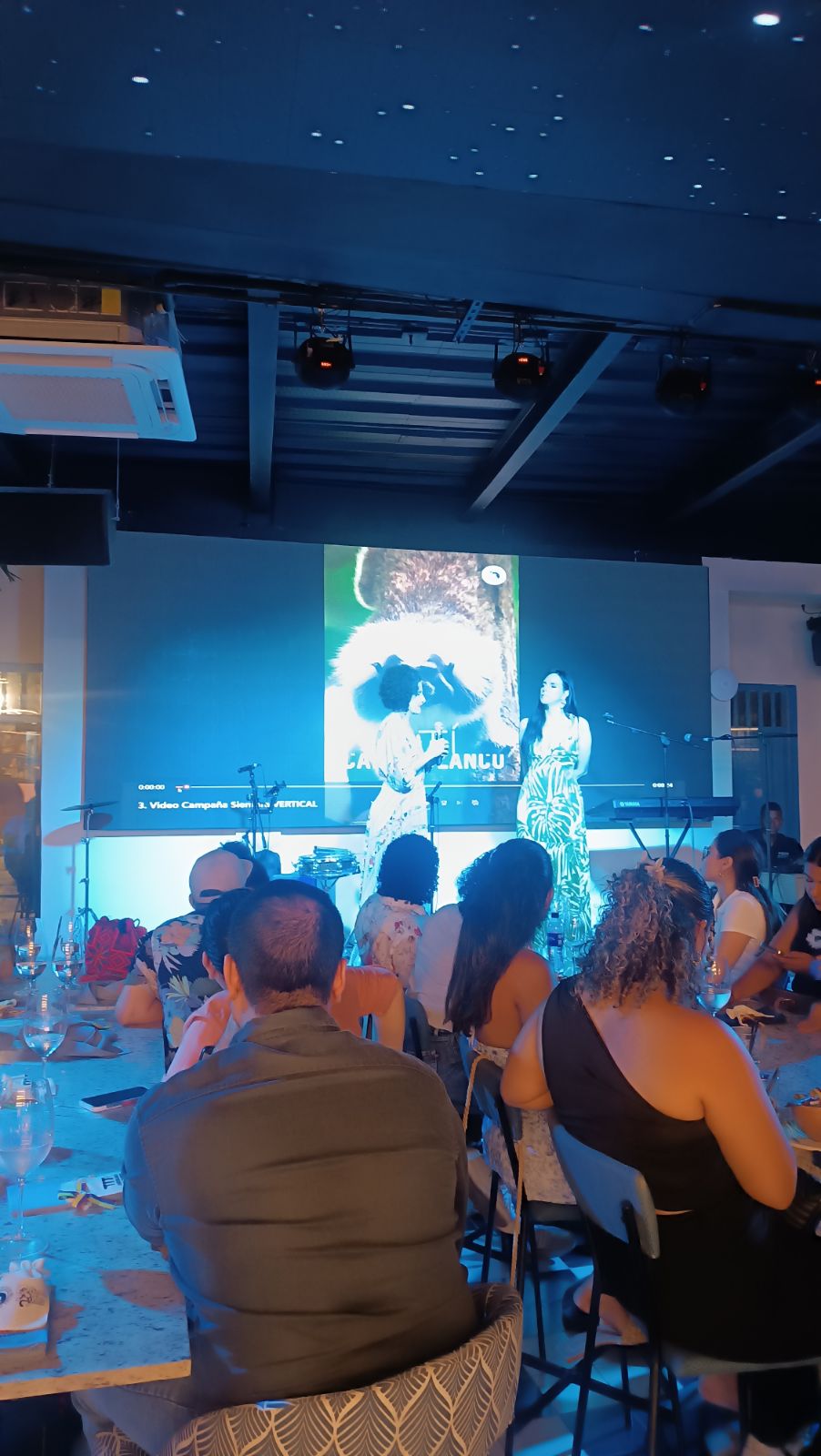
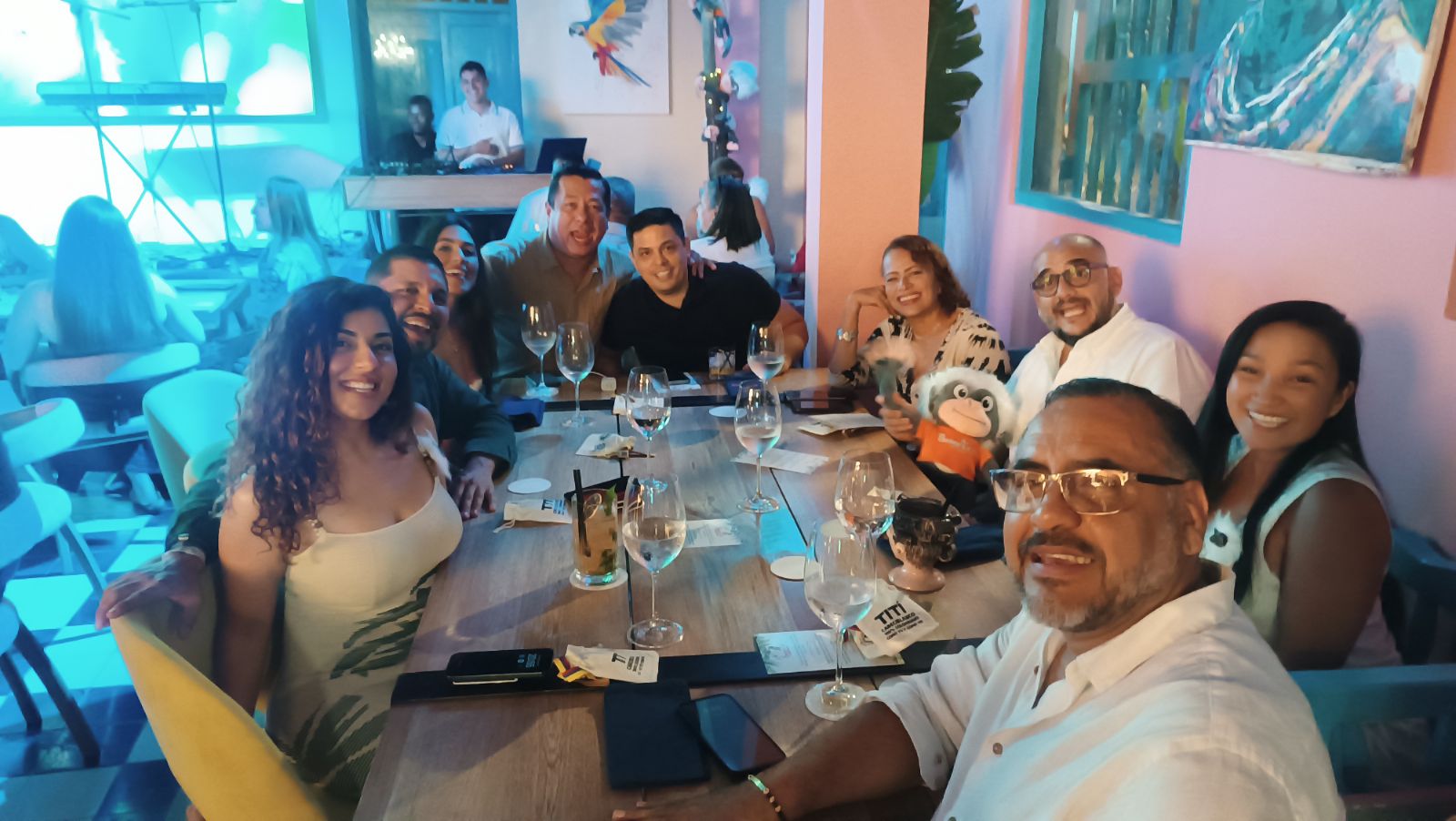
The Future
The cotton-top tamarin’s survival depends on the collective will of people who care. While Proyecto Tití continues to lead efforts in research, habitat protection, and community programs, it is these personal initiatives that breathe life into conservation. They spread the message beyond the forests into cities, runways, kitchens, and restaurants. They invite everyone to be part of the solution. As we reflect on this year’s celebrations, we are filled with gratitude. Grateful to Judy Hazbún for showing the world that fashion can protect forests. Grateful to families and bakers who turned cookies into seedlings for the future. Grateful to Señor Titís and the people of Cartagena for embracing the challenge of planting 60,000 trees.
Most of all, we are grateful for the creativity and generosity of people who remind us that conservation is not just about saving species—it is about celebrating life, culture, and our shared responsibility to protect what is uniquely ours.

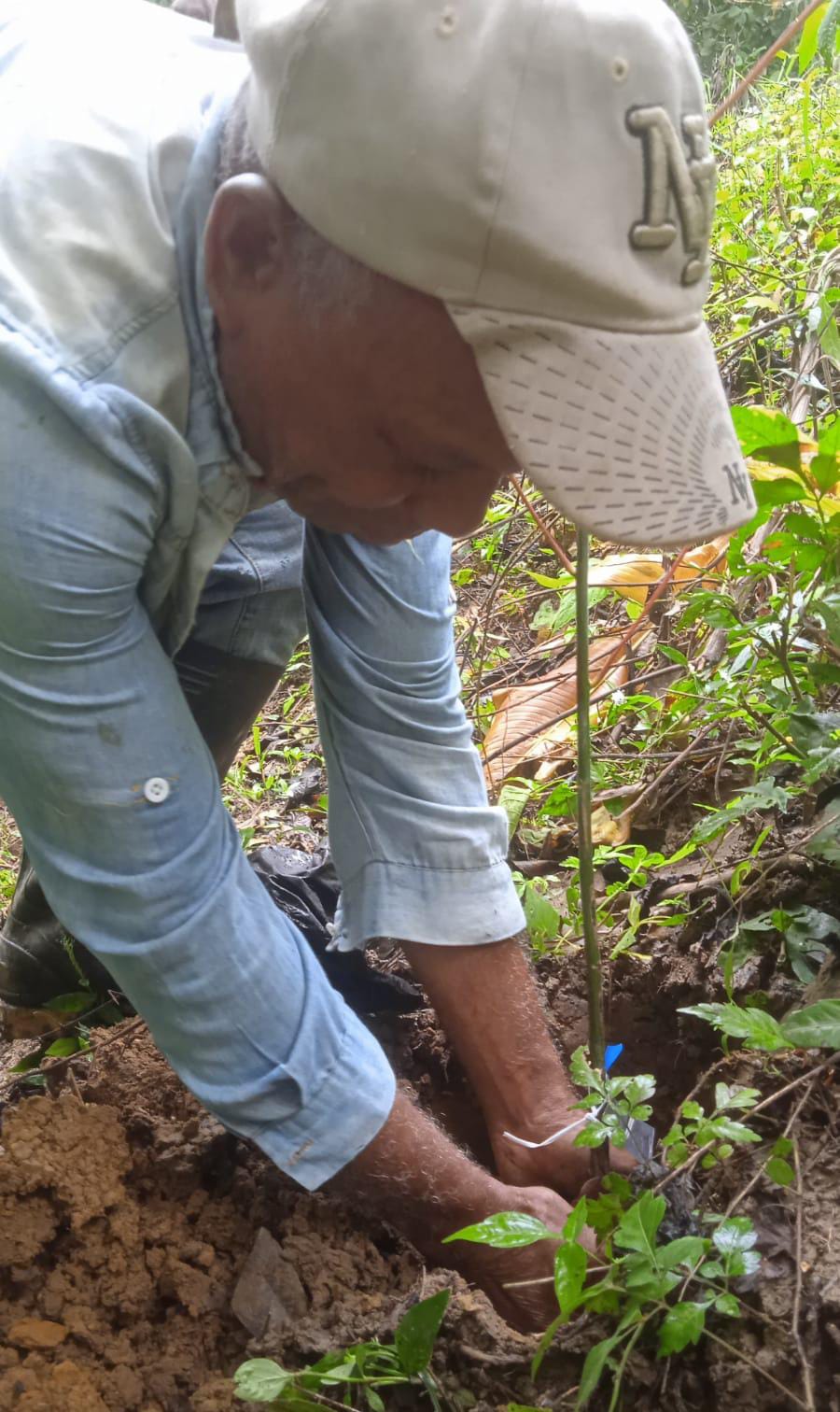

.JPG?ver=2025-09-30-155736-907)